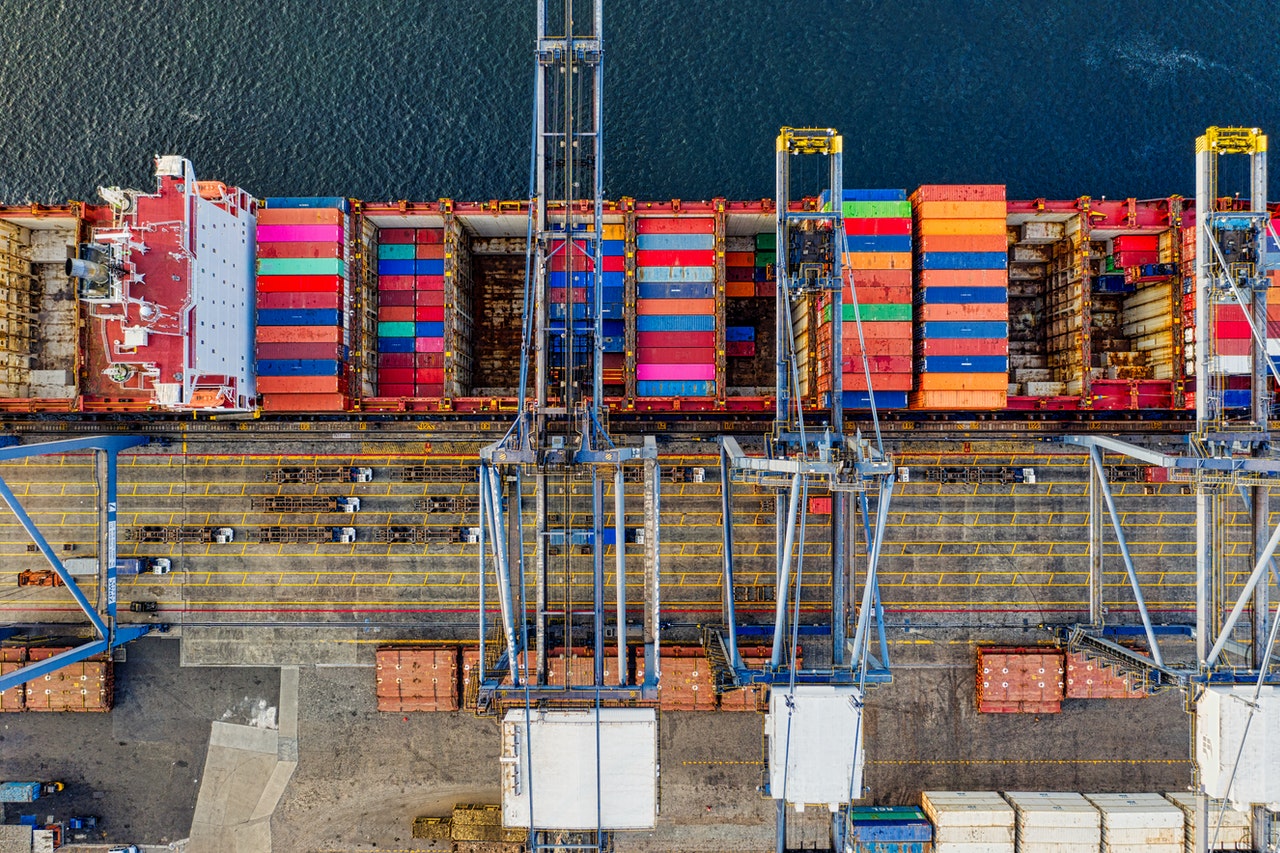The shipping industry witnessed, especially in the last months of 2020, freight rates rising to previously unheard of levels. For example, according to the Shanghai Containerized Freight Index (SCFI), the freight rate per TEU reached 1,938.32 dollars on 20 November. The main reason was that, with the reactivation of the Chinese economy since last May and the gradual recovery of other areas of the planet, there was an increase in demand that exceeded the supply of cargo (due to inactive fleet, black sailings or restructuring of services) that has been materializing in these exorbitant prices over the last few months.
At Stock Logistic, which transports all types of goods to any part of the world, we follow with interest these types of dynamics that have repercussions for all those who form part of the logistics chain and also for our clients. Logistics is always a challenge, and in times of pandemic, even more so.
New year, same trend
With the arrival of the new year, the situation has not changed much. The maritime sector started 2021 with very high freight rates, which were close to 8,400 dollars between Asia and the Mediterranean. An escalation that already started last year and continues to grow. The increase in demand, the shortage of cargo supply provided by shipping lines, the lack of empty equipment, and the stockpiling being done by economies such as the United States and the United Kingdom have put unprecedented pressure on freight rates from the Far East to the Mediterranean.
In the case of prices between Asia and Northern Europe (Shanghai-Rotterdam), the increase is even greater (282% more than the previous year). In the medium term, some experts suggest that such high prices could discourage demand for Asian products, whose main competitive advantage lies precisely in their low cost. This situation could undoubtedly end up affecting the volumes, dynamics and flows of international trade.
Arrival of the Chinese New Year
However, both shippers and forwarders are confident that the arrival of the Chinese New Year (scheduled for 12 February) will be a turning point. The usual relaxation of production in the country, as a result of the celebration, could allow the return of large volumes of empty containers. A situation that would help to balance the flows that would be waiting to leave the Asian country.
WTO perspectives
The World Trade Organization (WTO) forecasts a recovery in world trade in 2021 of more than 7%. This growth will fail to reach pre-crisis levels, so a direct impact on maritime traffic is expected. According to the organization, GDP this year will grow by 4.9% (in 2020 it fell by 4.8%). Damage containment in international trade could be due, in part, to sustained demand for medical supplies, among other aspects.




